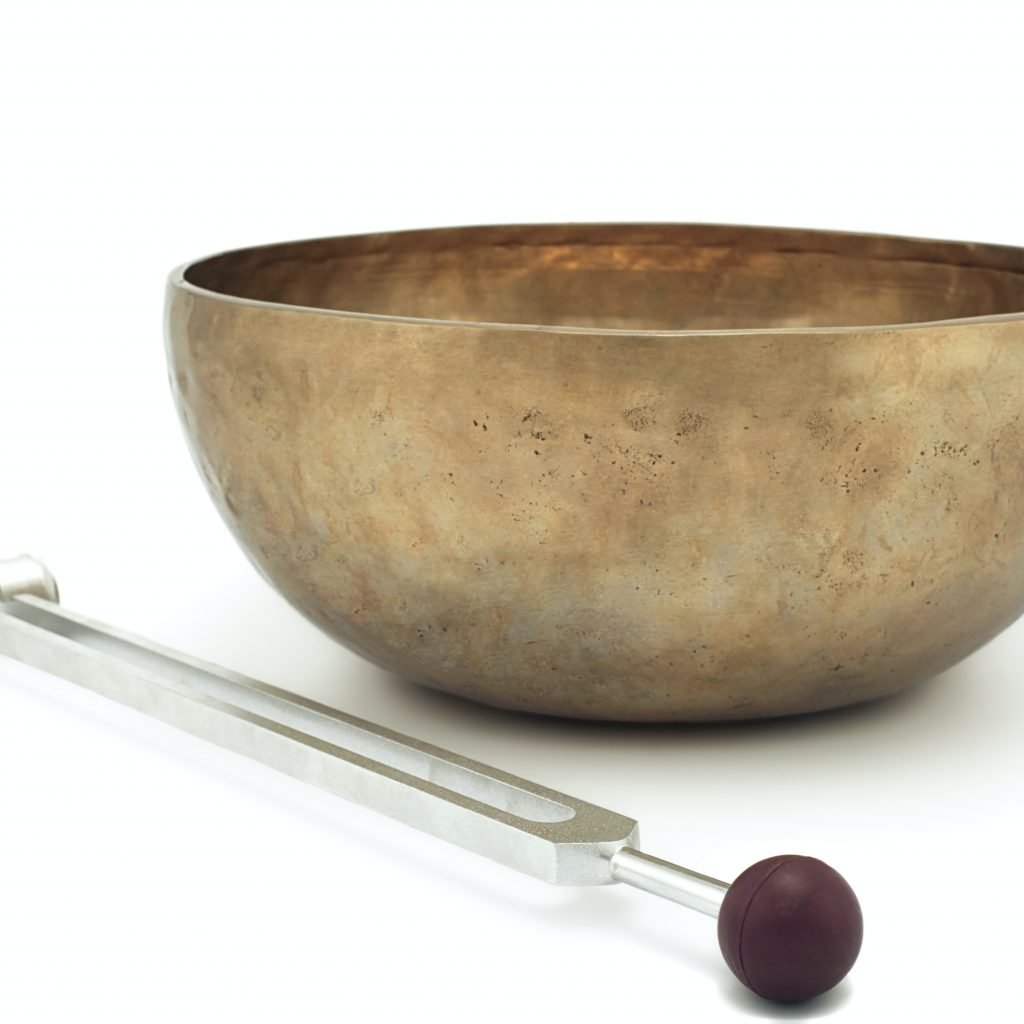A sound bath is a therapeutic experience where participants immerse themselves in soothing sounds and vibrations to promote relaxation and well-being. The instruments used in a sound bath play a crucial role in creating an environment conducive to healing and mindfulness. Here are some of the key instruments commonly used:

- Crystal Singing Bowls: Crystal bowls produce pure and resonant tones when struck or played with a mallet. Each bowl is tuned to a specific musical note and corresponds to different chakras, facilitating energy alignment.
- Tibetan Singing Bowls: These ancient bowls, crafted from a blend of metals, produce rich, complex sounds. They are often used to induce a deep meditative state and balance energy.
- Gongs: Gongs produce powerful and expansive sounds that can penetrate deeply into the body and mind. Their vibrations are known for promoting relaxation and clearing energetic blockages.
- Wind Chimes: Delicate and melodic, wind chimes contribute a gentle background to the sound bath. Their subtle tones help create a serene atmosphere.
- Drums: Various types of drums, such as frame drums or hand drums, add rhythmic elements to a sound bath. The steady beat can induce a trance-like state and enhance grounding.
- Flutes: Bamboo or wooden flutes are used for their calming and melodious tones. Flutes contribute to the overall harmonic resonance of the sound bath.
- Tuning Forks: Tuning forks produce specific frequencies and are often applied directly to the body to promote healing vibrations. They are precise tools for sound therapy.
- Rain Sticks: Mimicking the sound of falling rain, rain sticks contribute a soothing and calming element to the overall auditory experience.
- Harps: Harps provide gentle and ethereal tones, adding a touch of classical elegance to the sound bath.
- Chimes and Bells: Chimes and bells, whether handheld or suspended, offer high-frequency sounds that can enhance the overall sonic tapestry.
You can learn more about sound healing instruments here.